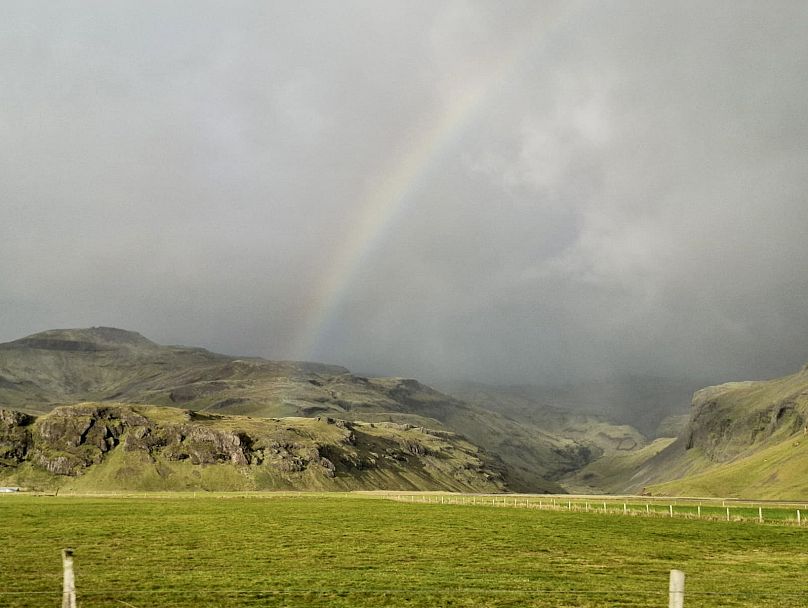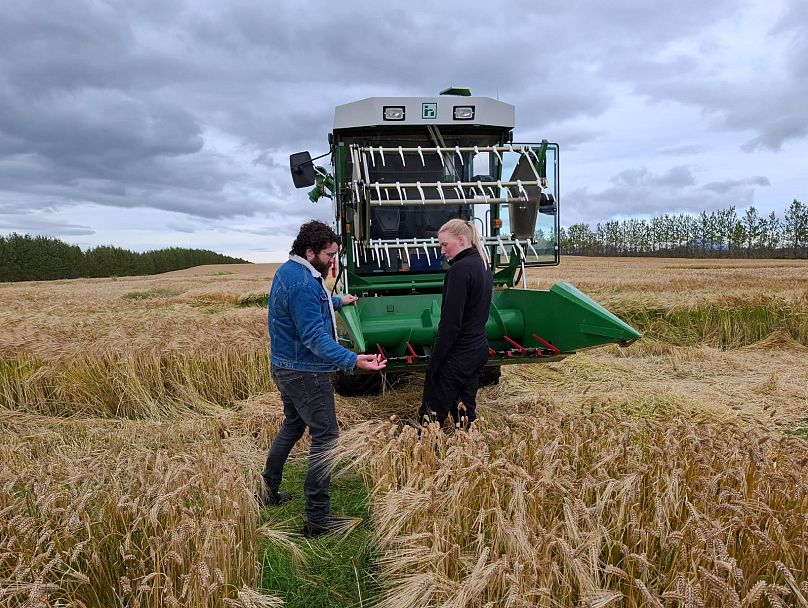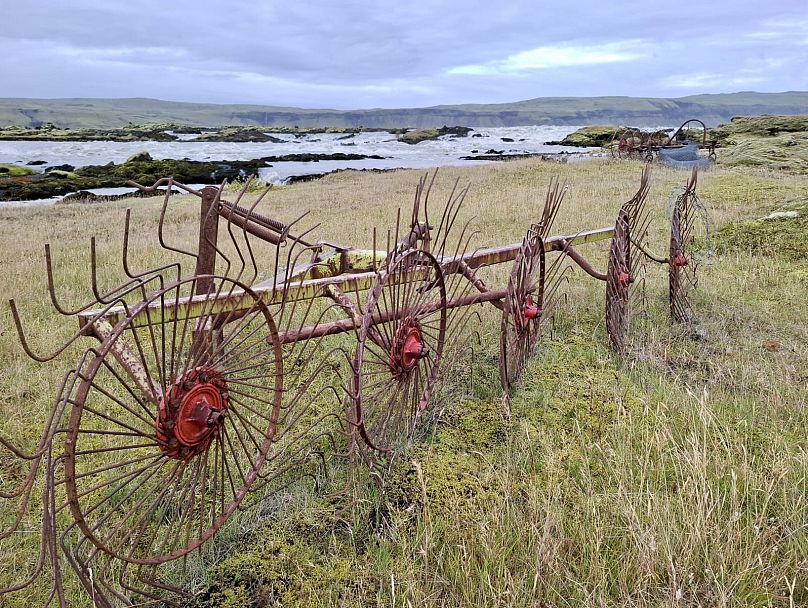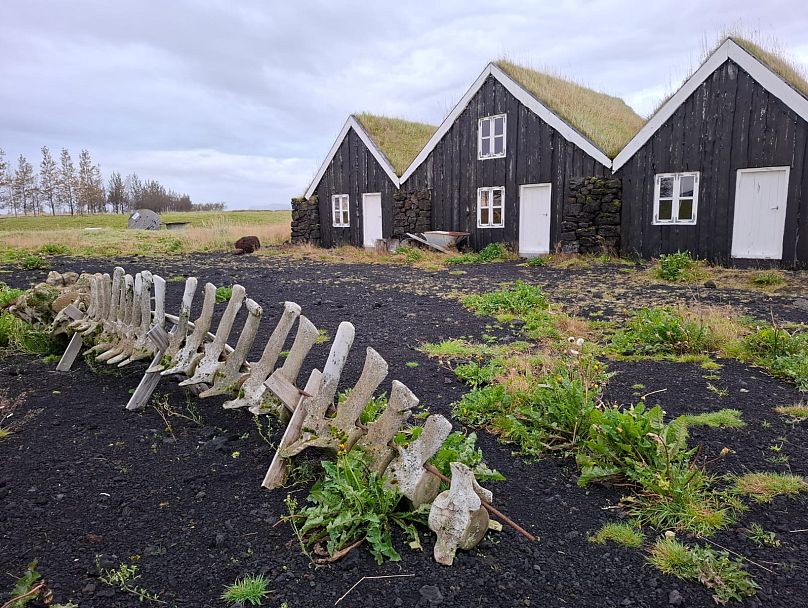Climate change is making oat cultivation viable in the Northern Periphery and Arctic. Researchers from Finland, Iceland, Ireland, Norway and Sweden are testing 400 oat varieties to see which ones are best suited to the current Arctic climate and to promote their production in Northern Europe.
Climate change is making cereal cultivation viable in areas of Europe that were previously ruled out due to their extreme conditions. But the arctic climate is changing. Researchers from five countries in the Northern Periphery and Arctic are involved in OatFrontiers, a pan-European interregional project coordinated by Natural Resources Institute Finland (Luke).
Hrannar Smári Hilmarsson, head of OatFrontiers in Iceland, explains that, in participating countries, they have tested around 400 varieties of the cereal in various control plantations, with different photoperiods and stress factors during cultivation. “We are at Gunnarsholt, in the south of Iceland, at the 64th parallel north. Here there is an oat yield test field where we test the yield of different varieties. We want to see how oats react in an extreme environment which can be very cold, snowy, very windy and even with periods of rain and drought. We want to examine the conditions and adapt oats to this latest frontier,” he explains.
The idea for OatFrontiers began at the University of Agriculture in Iceland. Helga Rún Jóhannesdóttir, a research assistant, identifies and records the properties of the different types of oats in the lab. The seeds, which are previously selected in sacks depending on each variety harvested, are weighed and measured, before and after being dried and cleaned. "Once cleaned, we know the total yield and we can calculate how many tonnes per hectare we have collected and how much each gene, each type of oat, can yield in total. Oat is a very resilient plant. It can grow in very poor conditions and still yield excellent results”,she says_._
Nordic oats: resilient and with no fungicides
Örn Karlsson started growing cereals for his livestock in southern Iceland in 2009. Today, he is the only producer in the area who sells oats for human consumption. “When you start planting oat seeds, you need a temperature above 10 degrees for 110 days, a little over three months. This year we are going to have a good harvest,” he explains. He adds that when he was a child “it often snowed in September, whereas now that never happens. It's warmer in southern Iceland”. Örn points out that in Nordic countries “the yield is lower than in warmer countries, but oats are very healthy. We don't use any chemicals, so we can produce a lot of grain. We are now using a Swedish variety, but I am sure that in the future there will be new varieties that are much larger, much better, and that is the long-term goal of this project."
The total budget for the project is €1.6 million; of which 60 percent has been funded by the European Cohesion Policy and the remaining 40 percent by private public contributions. Ten partners are participating in OatFrontiers from five different countries_:_ Iceland, Ireland, Finland, Norway and Sweden.
Compared to wheat or barley, oats are more resilient and require fewer fungicides, but how do they determine which variety is suitable for each region? Is there one variety for the entire Far North? “We call this genotype-environment interaction, and we want to know if we can find a variety that is good in all locations, or if there may be one that works well in Ireland but is not the same as the one that works in Finland or elsewhere. We don't know yet, but we will”, says Hrannar Smári Hilmarsson.
The project findings are scheduled to be released by the end of 2026.















